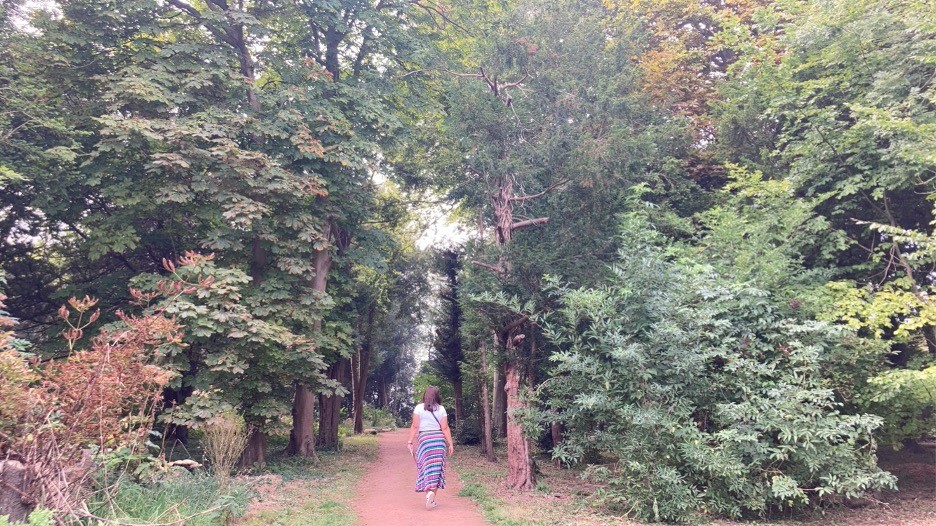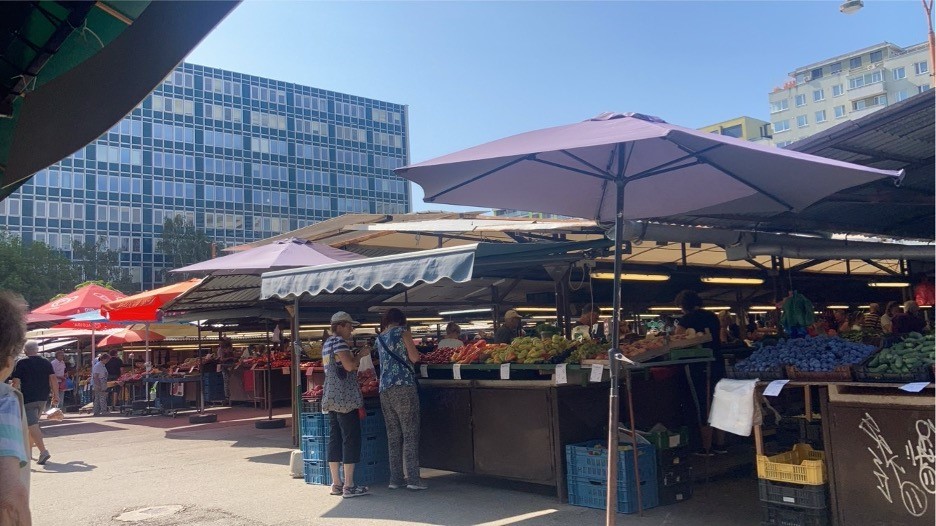I would like us to go on adventure!
Please don’t worry, you won’t have to pack anything, just read the next paragraph and we will be transported to a place, so beautiful, so breathtaking, so unbelievable!
Picture this: a wall lined with uniform glass jars, a few light brown tote bags nestled in the corner, bamboo toothbrushes lying next to a jar of toothpaste tabs. Please don’t forget the block of dish soap and the natural cleaning sponge in the room over, so chic!
When you see those items, what do they tell you? To me, they are the curated hallmark of a ‘Zero Waste’ social media feed. Everything is arranged just-so, begging for likes, comments and shares. I’m sure you know the type; sustainable goodness oozing from the screen, so aesthetic.
Acquiring such manicured treasures may seem out of reach, especially considering the upfront cost, along with the likelihood that they will be purchased through a local small business. Away from the 4:5 ratio pictures, featuring the premium carrots from some city’s premium farmers’ markets, are individuals doing ‘Zero Waste’ imperfectly.
But what even is Zero-Waste?
According to ESDO, the term ‘Zero Waste’ stems from Daniel Knapp’s concept of ‘Total Recycling’ in the early 1980s. The goal of zero waste is to send no waste to ‘landfill, incinerators or the ocean’. The concept of ‘Zero Waste’ is huge, and may feel impossible, especially when some waste is necessary and even beneficial to the quality of many people’s lives…
Why must the “Zero Waste” lifestyle have a certain aesthetic?
Simply, it doesn’t have to.
The ‘Zero Waste Movement’, as it were, has been commodified into an easily consumable and sterile aesthetic. Whilst pictures of colourful lentils in jars are beautiful, it does a disservice to the communities that have been practicing ‘Zero Waste’ due to their personal circumstances, whether that be financial, cultural or otherwise, for generations. Of course, your social media worthy bamboo cutlery is the cat’s pajamas and an overall sustainability ‘win’, the standard that has been set for everyone to do this is not. This may be a reason why many people dismiss environmentally conscious outlooks. The pressure to conform to a certain ‘look’ and the ability that not conforming has on social standing.
Re-using the same discolored plastic lunchbox that has survived secondary school with you is as sustainable as purchasing, with the intent to reuse, a brand-new stainless-steel lunchbox. The plastic lunchbox is not broken and still carries your food, despite being ‘ugly’. On top of this, you may have saved some money too! Using what is already accessible to you is more sustainable than buying a new item – saving manufacturing and shipping costs that impact you and the business you’re purchasing from.
This does not mean you can’t purchase anything new again. If online or in-person secondhand shops or no-buy groups on social media, are not accessible to you, there is nothing shameful in purchasing a new item. However, managing how many of the item you have is important. Purchasing a reusable water bottle, made from a good material is important to reduce the likelihood of having to purchase another, or multiple, for a long time – as well as ensuring the item has multiple functions, such as storing both hot and cold drinks, will also prevent you from having to purchase multiples of the same item. Let’s make the new water bottle trend be a water bottle covered in stickers and marks from all the adventures you have been on together!
I can’t be “Zero-Waste” because…
I dislike the term ‘Zero Waste’. It is hard to conform to, with black and white connotations and is largely unbelievable, manufactured and curated.
I enjoy the popularity the term has brought to slow-living and sustainability. I much prefer ‘Low waste’ or ‘Reducing my waste’. These terms may be a lot more accessible, as they accept that not everyone can truly create no waste.
Take your medication, have your surgeries – through necessity or choice and do not feel shame or worry over the impact this may have to the environment. The sustainability and ‘low waste’ movements are still for you. Several people minimising their waste in the areas they can is better than one person doing it immaculately. Prioritising your health is important to maintain your quality of life, happiness and education. Some companies have recycling schemes for medication blister packs, which may be accessible, but if they are not for you, that it is okay too! Make your old t-shirts into cleaning cloths, freeze your vegetable scraps to make into food stock. Small actions make change, and everyone should do what they can, without compromising their quality of life. ‘Many low-waste’ actions overlap with frugal ones, great for your wallet and the planet!
From ‘Roots to Riches’

Maintaining a “Low Waste” or even “Zero Waste” lifestyle is a journey which should be rewarding, empowering and should help you grow. It should not feel like an exclusive club for only those who can contribute 100%. Although the gorgeous pictures on social media can be discouraging, or even inspiring, the best thig to do instead of buying a new jar, is to reuse the jar that came with your jam (after you finish the jam, of course).
Seeds of Wisdom
Social Media Content Creators
If you would like to learn more about this topic, here are links some useful “Low waste” content creators, who creative videos on consumerism, the environmental impacts of industries and individuals:
Danish Youtuber, Gittemary Johansen: https://www.youtube.com/@gittemary (Accessed 04/09/2024).
American Youtuber, The Simple Environmentalist: https://youtube.com/@thesimpleenvironmentalist?si=pEcO5Zc6bGvgz21h (Accessed 04/09/2024).
Literature
If you’re dipping your toes into environmentalism, I recommend reading ‘The History of Bees’, by Maja Lunde. The book is a translated fictional work, following three individuals and their interactions with bees as an important part of the functions of society, in Earth’s past, present and future.
Sources, In Order of Use
- History of Zero Use
- What is Zero Waste? – A Guide to Resource Recovery and Conservation
- Instagram Has Diluted Zero‑Waste Living to an Aesthetic
- Treading My Own Path: Zero Waste Privilege
By Felicity Lindo, SGO Projects Officer
 Sustainability
Sustainability Bethany Climpson
Bethany Climpson 786
786


